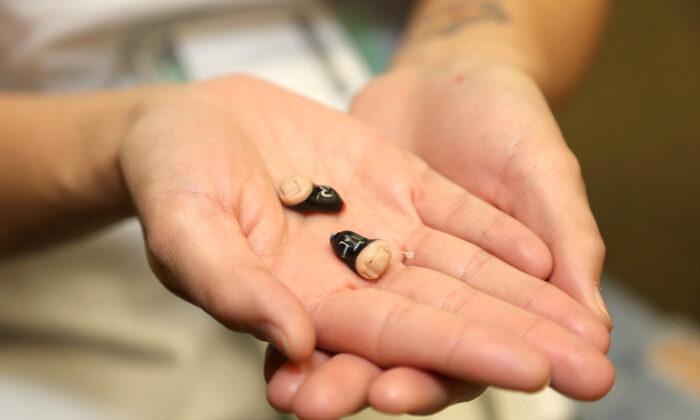Japan’s factory activity growth slowed further to a 21-month low in October as relentless cost pressures torment manufacturers; but service-sector firms received a boost as the country reopened to foreign tourists visa-free.
The au Jibun Bank Flash Japan Manufacturing Purchasing Managers’ Index (PMI) eased to a seasonally adjusted 50.7 in October, down from the prior month’s final of 50.8.
The headline figure marked the seventh month of weaker growth and the slowest expansion since January 2021, although it stayed above, on a monthly basis, the 50-mark that separates contraction from expansion.
Factory output looked set to contract for the fourth month running as new domestic and export orders continued to shrink.
The manufacturing sector struggled in the face of weak demand and severe cost pressures, said Laura Denham, economist at S&P Global Market Intelligence, which compiles the survey on Japan.
“The rate of output price inflation rose to a fresh survey peak in October as firms continued to share increasing cost burdens with their clients,” Denham said.
Japan’s wholesale prices rose 9.7 percent in September from a year earlier, while the rate of core consumer inflation stood at 3.0 percent in the month.
“With inflationary pressures remaining elevated across the private sector, business confidence dipped to a six-month low,” Denham said.
Growth in the services sector picked up, however.
The au Jibun Bank Flash Services PMI Index expanded for a second month, rising to a seasonally adjusted 53.0 in October after September’s 52.2 final, according to the survey.
Earlier this month, Japan reopened its borders to individual foreign tourists after more than two years of pandemic isolation, and opened up visa-free travel.
Visa exemption allows passport holders from 68 countries, including the United States, Canada, and Europe, to travel freely for up to three months on an individual basis without the need for a tour guide or travel package.
The country was closed off during the pandemic until June 10, when the government announced a small number of international tourists would be allowed to enter Japan if they booked relatively limited package tours.
Prime Minister Fumio Kishida’s policy of welcoming back foreigners for travel and tourism purposes without strict quarantine or testing requirements has, perhaps consequently, allowed the yen to recover from a 32-year low against the U.S dollar.
In response to the full reopening, airlines have added flights, and Japan Airlines has seen inbound bookings triple since the announcement, according to Reuters.
More than half a million visitors have come to Japan so far in 2022, compared with a record 31.8 million in 2019.
Economists have estimated annual spending by foreign tourists could exceed the government’s target of ¥5 trillion ($35 billion) and boost the world’s third-largest economy, a level that would help offset the higher costs of imported food and energy that have widened Japan’s trade deficit.
The government is launching a domestic tourism initiative that offers discounts on transportation and accommodation.
The travel industry hopes that the National Travel Rebate Program, along with more incoming travelers, will help lift the industry out of recession due to the pandemic.
The au Jibun Bank Flash Japan Composite PMI, which is estimated by using both manufacturing and services, also accelerated, rising to 51.7 from the prior month’s final 51.0, data revealed.




